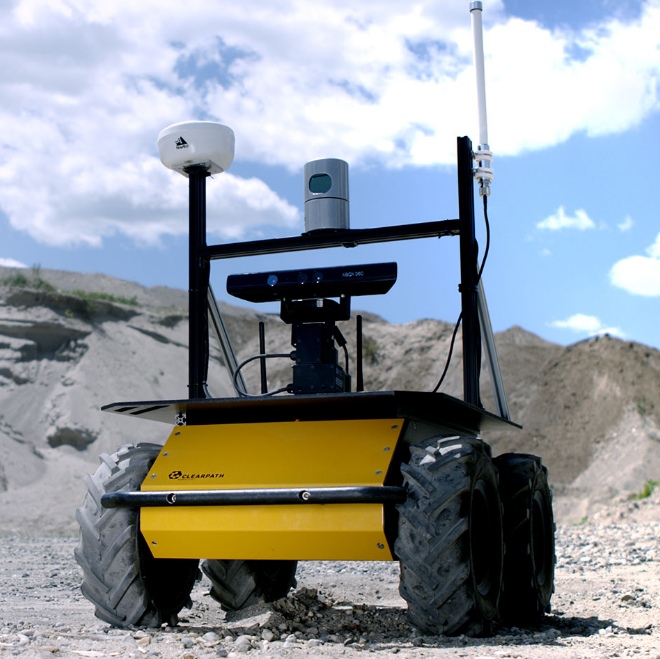std::begin() 和 std::end()
std::begin()和std::end()是STL中的函数模板,用于获取容器(数组、std::initializer_list、STL标准容器、std::string_view、std::array等)的起始和结束迭代器。它们提供了一种通用的方式来访问这些序列的边界,而不依赖于具体的容器类型。一般结合STL的算法一起使用
1 | int a[] = { 1, 3, 5, 2, 9, 6, 8 }; |
感觉和现有的begin,end迭代器有些冗余
std::find
find() 函数是一个泛型算法,可以用于操作所有STL容器。它用于在数组或标准库容器(如vector, map)中查找指定元素,查找成功则返回一个指向指定元素的迭代器,查找失败则返回end迭代器。注意: 不是返回 true or false
时间复杂度是O(n)1
2
3
4
5
6
7
8
9
10vector<int> num_list = { 2,4,6,8,10,12 };
int find_num = 8; //要查找的元素,类型要与vector中的元素类型一致
std::vector<int>::iterator num = std::find(num_list.begin(), num_list.end(), find_num); //返回一个迭代器指针
if (num != num_list.end()) //查找成功
{
cout << "其索引为 " << distance(num_list.begin(), num) << endl;
}
else
cout<< "元素 " << find_num << " 不在num_list中" << endl;
注意区分map::find 和 set::find,由于map和set内部是红黑树实现的。因此map和set内部的find函数查找时间复杂度是 O(logn)
copy
std::copy(start, end, container.begin());
copy只负责复制,不负责申请空间,所以复制前必须有足够的空间。如果container的大小小于输入序列的长度N的话,这段代码会导致崩溃(crash)。所以此时引入了back_inserter1
std::copy(src.begin(), src.end(), std::back_inserter(dest));
标准库提供的back_inserter模板函数很方便,因为它为container返回一个back_insert_iterator迭代器,这样,复制的元素都被追加到container的末尾了。(就算container为空也没事)。
1 | vector<int> vec; |
fill
std::fill 是C++标准库中的一个函数,和copy相对。定义在
1 | std::vector<int> vec = {1, 2, 3, 4, 5}; |
使用之前,必须对vector分配内存,比如调用resize函数。
std::fill有很多重载形式,但最常用的是根据容器迭代器赋值的形式。
std::distance
用于计算两个迭代器之间的距离。它提供了一种方便的方法处理迭代器范围时进行遍历和计算。它在头文件<iterator>中定义,函数原型如下:1
2
3template< class InputIt >
typename std::iterator_traits<InputIt>::difference_type
distance( InputIt first, InputIt last );
1 | std::vector<int> v{3, 1, 4, 1, 5, 9}; |
std::distance()函数计算的是迭代器之间的距离,而不是元素的个数。因此,在使用时需要确保迭代器范围有效,否则可能导致未定义行为。
对于顺序容器(如向量、列表等),std::distance的时间复杂度为O(N),其中N是迭代器范围内的元素数量。对于随机访问迭代器(如指针、数组等),时间复杂度为O(1)
reverse
1 |
|
cmp函数
cmp 函数的特点:
- 返回值为 bool 类型,用来表示当前的排序是否正确
- 参数为两个相同类型的变量,且类型与要排序的容器模板类型相同
1
2
3
4
5
6
7
8
9
10
11
12
13
14
15
16
17
18
19
20
21
22
23
24
25
26
27// 从小到大排列
bool cmp( const Data& d1, const Data& d2)
{
// return(d1.dist < d2.dist);
// 由于重载了 <= ,可以直接这么写
return(d1 <= d2);
}
vector<Data> vec;
Data temp;
for ( int i = 0; i < 8; ++i )
{
temp.dist = rand() %50;
temp.confidence = 100;
vec.push_back( temp );
}
for(int i=0; i<8; i++)
{
cout << vec.at(i).dist << " ";
}
cout << endl;
// 第三个参数可以是一个函数指针,一般使用cmp函数
stable_sort( vec.begin(), vec.end(), cmp );
for(int i=0; i<8; i++)
{
cout << vec.at(i).dist << " ";
}
std::accumulate 函数
用来计算特定范围内(包括连续的部分和初始值)所有元素的和,除此之外,还可以用指定的二进制操作来计算特定范围内的元素结果,需要 #include <numeric>。 三个形参:头两个形参指定要累加的元素范围,第三个形参则是累加的初值。
1 | vector<int> vec; |
我们期待的结果是num为30,但是这样会报错 candidate: main()::<lambda(int)> int num = std::accumulate(vec.begin(), vec.end(), 0, [](int input){return 2*input; } );
^ candidate expects 1 argument, 2 provided
最后一句应该改为 int num = std::accumulate(vec.begin(), vec.end(), 0, [](int n, int input){return n + 2*input; } );,得到num为30
sort
sort使用快速排序的递归形式,时间复杂度是O(nlog(n) )
Sort函数有三个参数:(第三个参数可不写)
- 第一个是要排序的数组的起始地址。
- 第二个是结束的地址(最后一位要排序的地址)
- 第三个参数是排序的方法,可以是从大到小也可是从小到大,还可以不写第三个参数,此时默认的排序方法是从小到大排序。
1 | int b = 3, c = 12; |
1 | int a[]={3,4,1,12,0,8,4}; |
使用Lambda表达式作为排序标准1
2
3
4
5
6
7
8
9
10
11
12
13
14
15
16
17
18
19
20
21vector<int> vec;
vec.push_back(1);
vec.push_back(2);
vec.push_back(3);
vec.push_back(4);
vec.push_back(5);
for(const auto &it: vec)
{
cout << it << " ";
}
cout << endl;
std::sort(vec.begin(), vec.end(),
[](int a, int b){
return (a%2) < (b%2);
}
);
for(auto it : vec)
{
cout << it << " ";
}
运行结果:1
21 2 3 4 5
2 4 1 3 5
针对自定义的数据类型,需要自定义排序的方式1
2
3
4
5
6
7
8
9
10
11
12
13
14
15
16
17
18
19
20
21
22
23
24
25
26
27
28
29
30
31
32struct Frontier
{
Frontier(double c):
cost(c){}
double cost;
};
bool compareFrontier(Frontier f1, Frontier f2)
{
return (f1.cost < f2.cost);
}
void showFrontiers(const vector<Frontier>& v)
{
for(auto f: v)
cout << f.cost << " ";
cout << endl;
}
vector<Frontier> frontiers;
frontiers.push_back(Frontier(1.2) );
frontiers.push_back(Frontier(4.9) );
frontiers.push_back(Frontier(12.7) );
frontiers.push_back(Frontier(0.3) );
frontiers.push_back(Frontier(3.6) );
showFrontiers(frontiers);
std::sort(frontiers.begin(), frontiers.end(),
[](const Frontier& f1, const Frontier& f2) { return f1.cost < f2.cost; });
// std::sort(frontiers.begin(), frontiers.end(), compareFrontier);
showFrontiers(frontiers);frontiers一般用vector或数组,不能是list, dequeue, queue
运行结果:1
21.2 4.9 12.7 0.3 3.6
0.3 1.2 3.6 4.9 12.7
